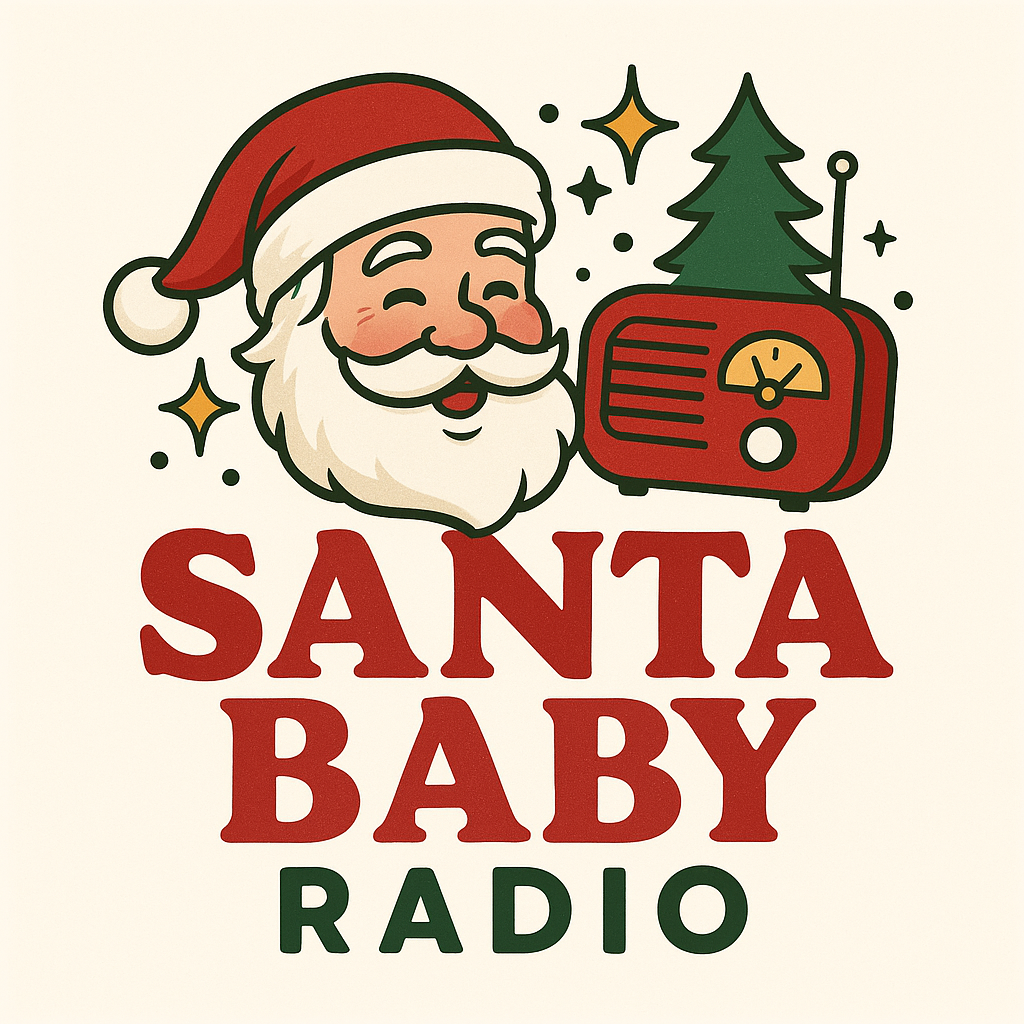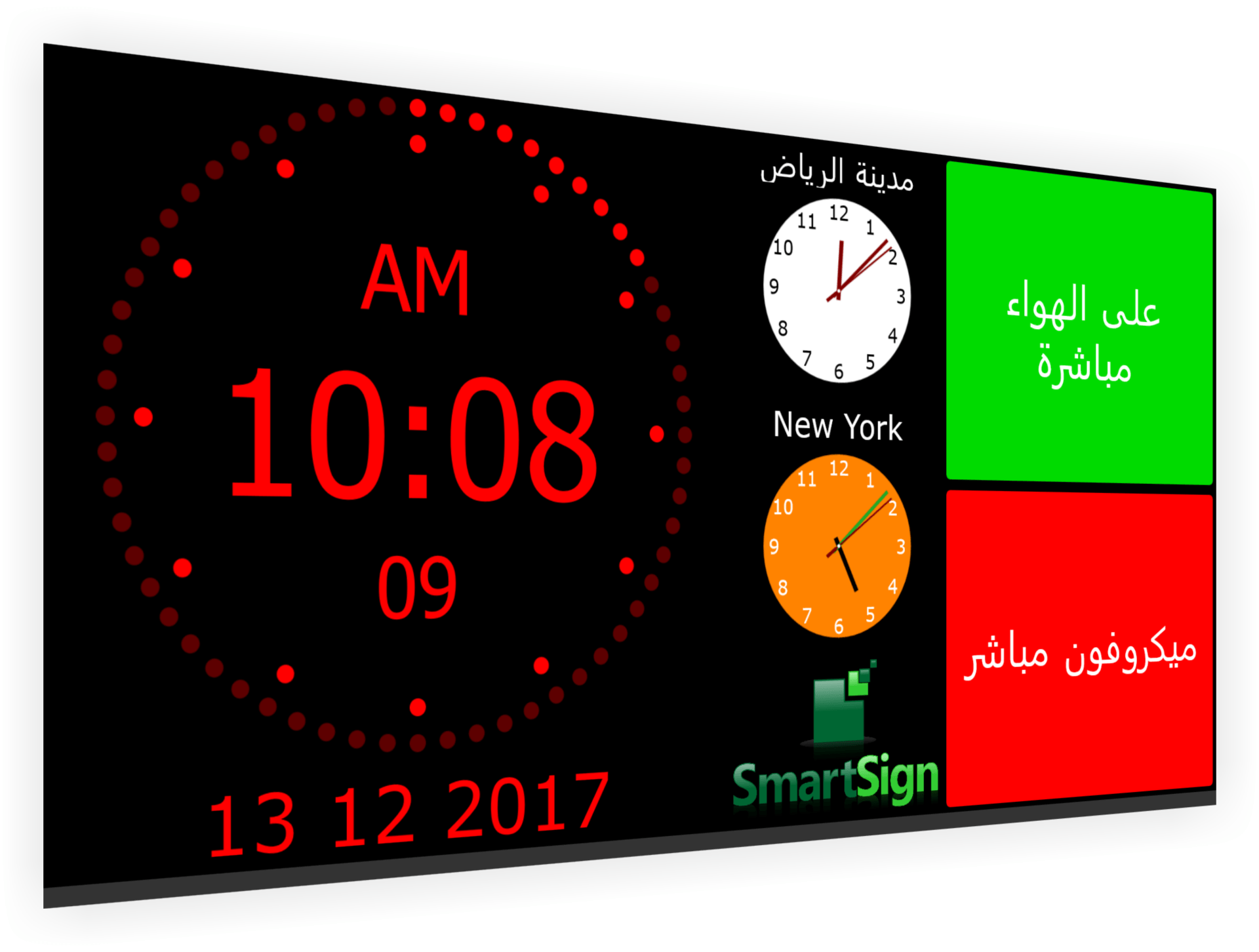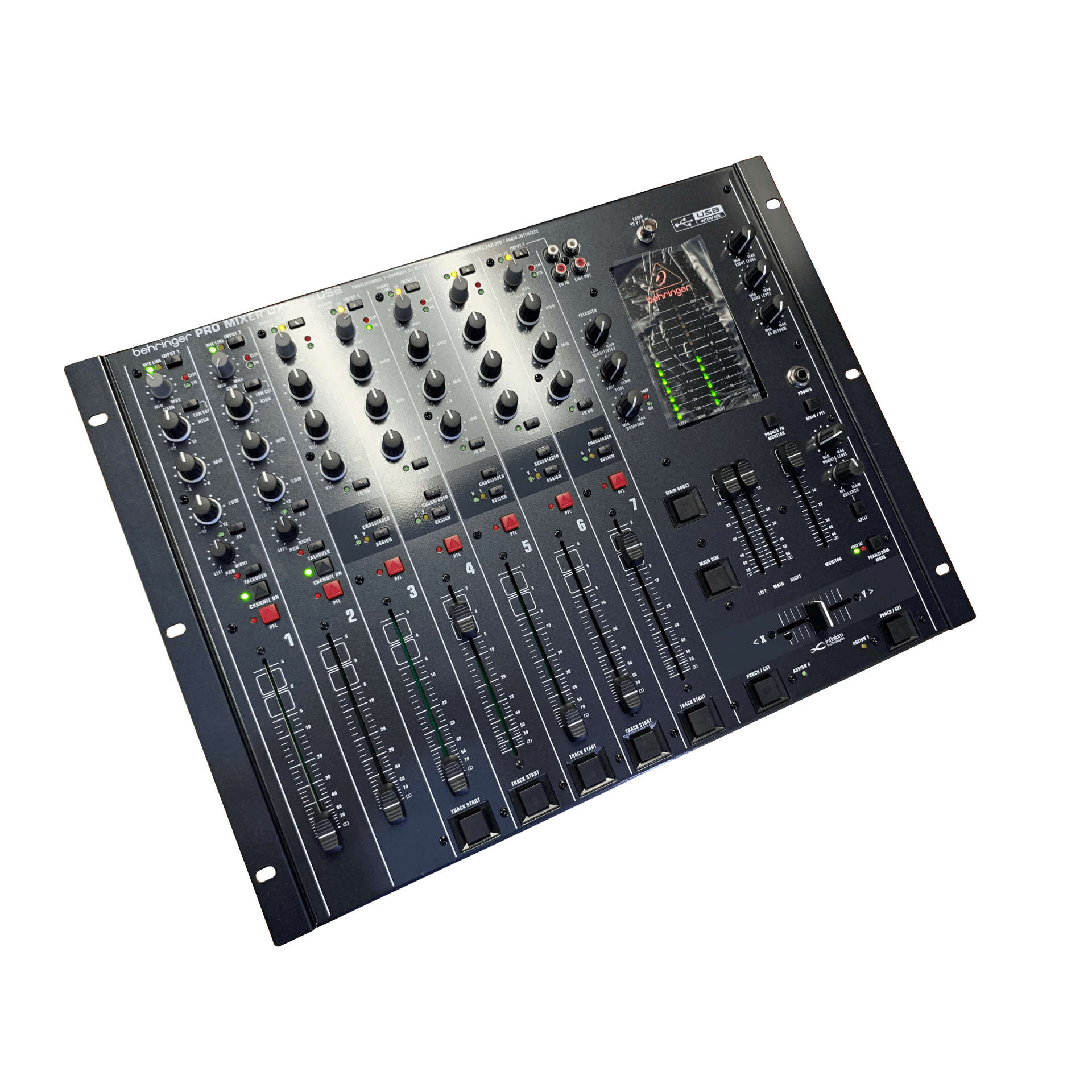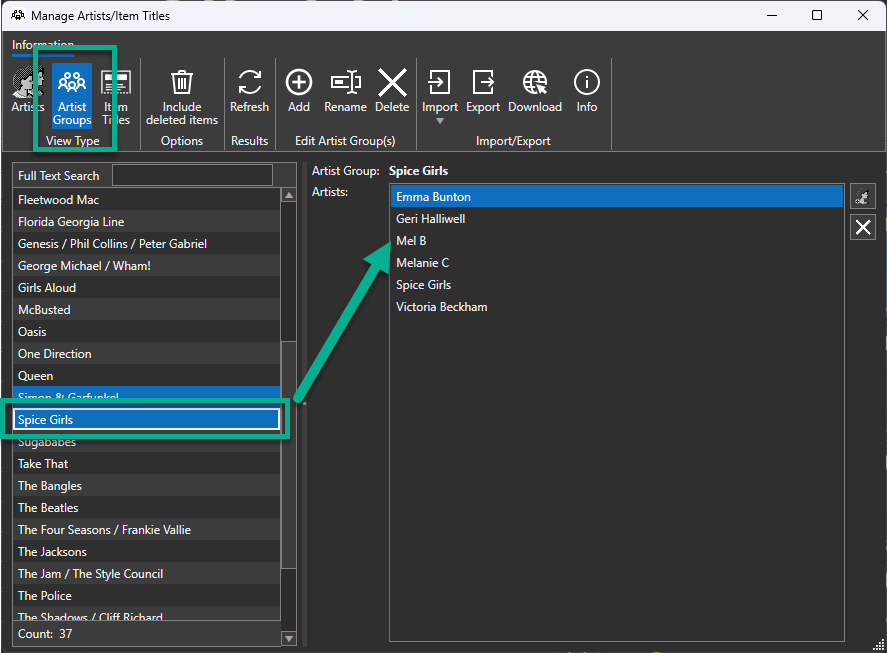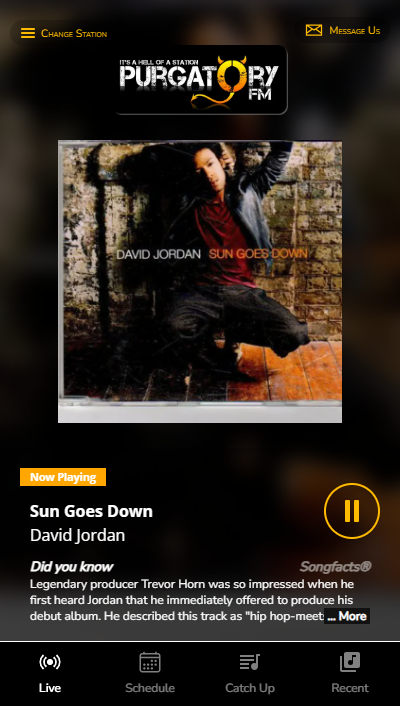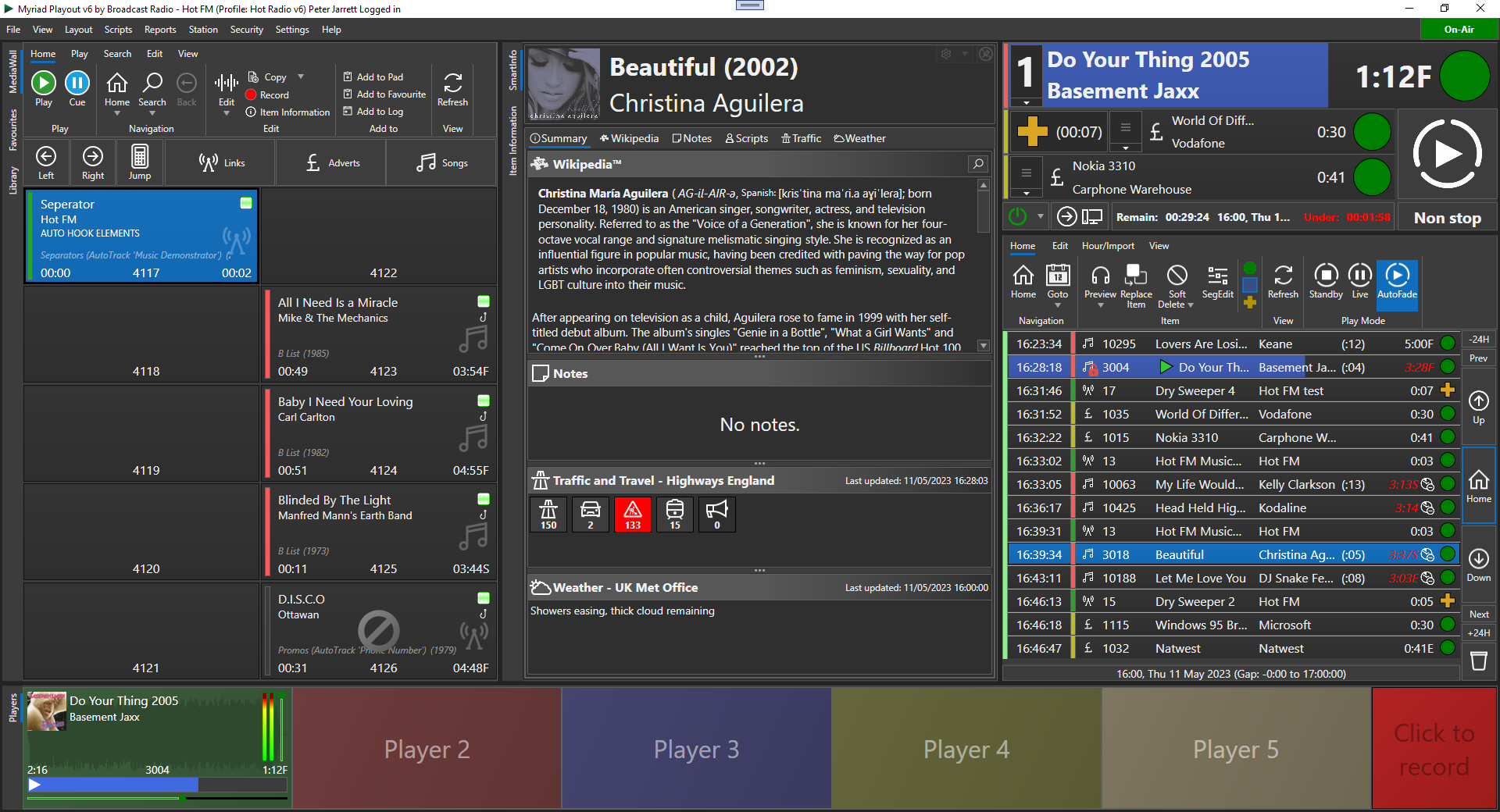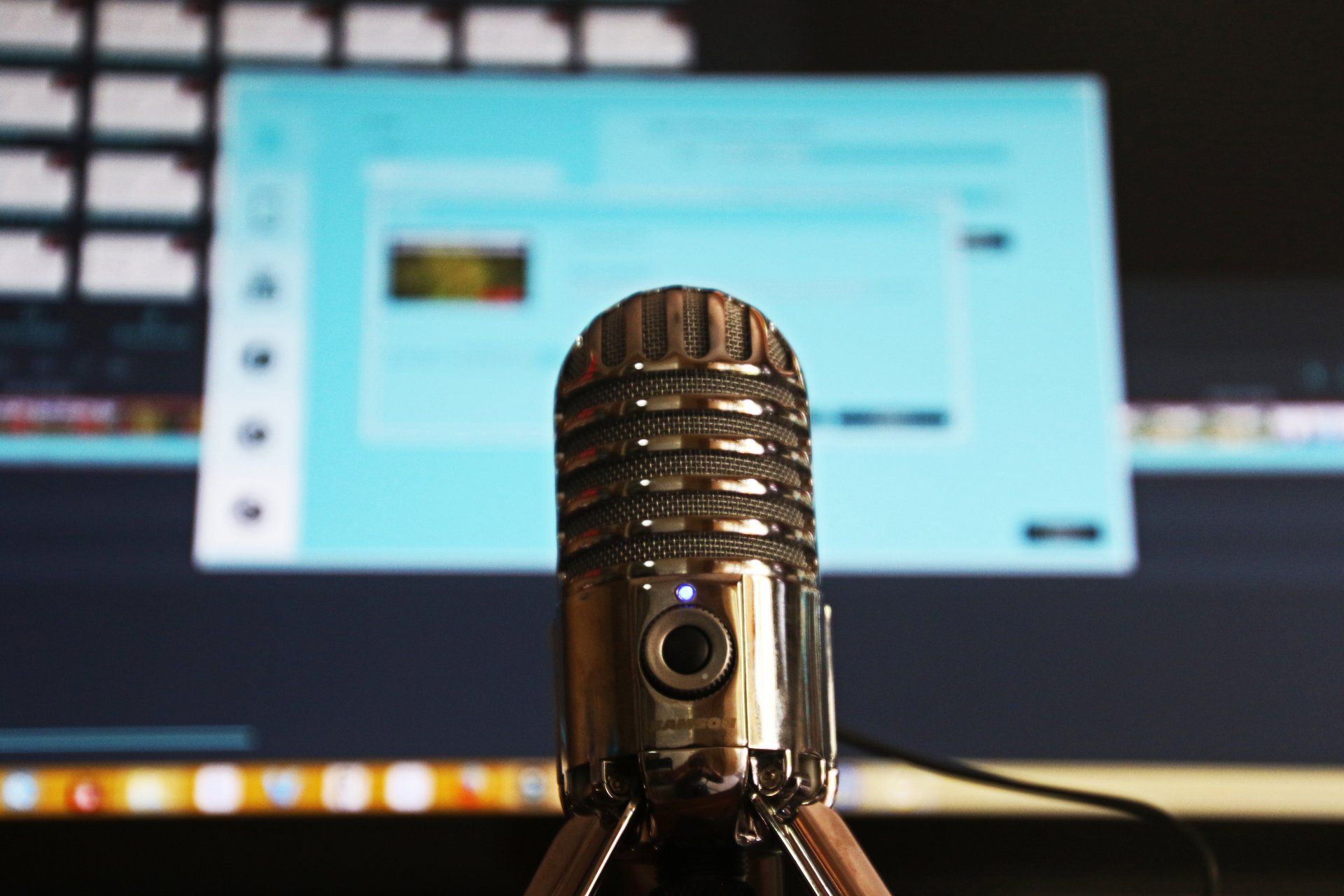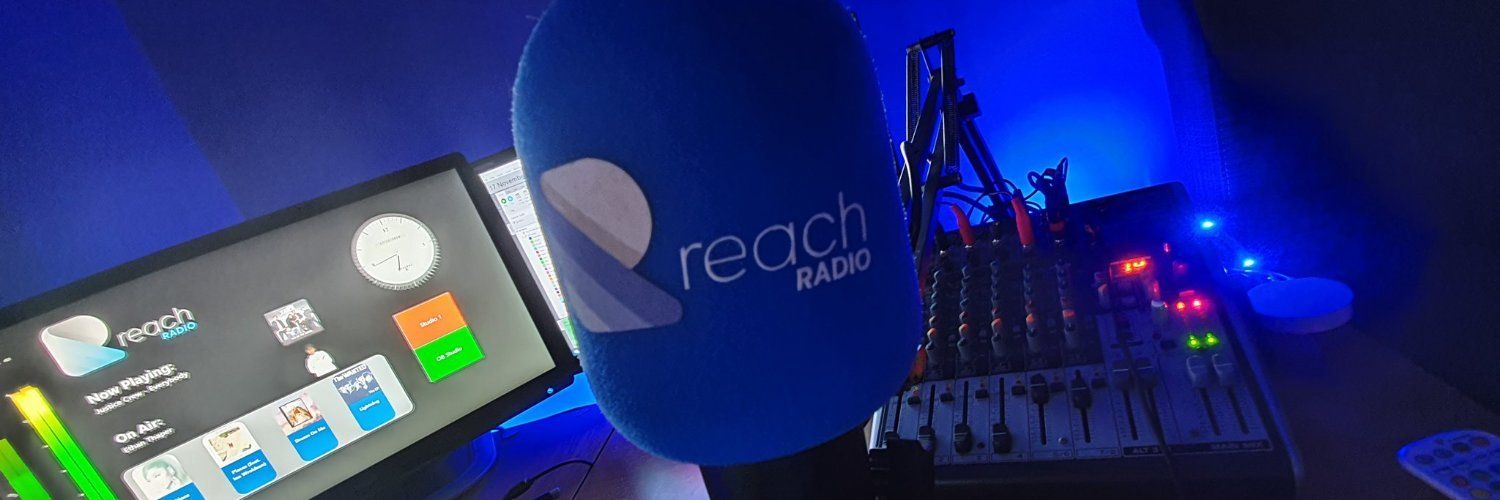Neat Bumble Bee Microphone Review (for Myriad Anywhere)
This smart microphone may be ideal for Myriad Anywhere users.
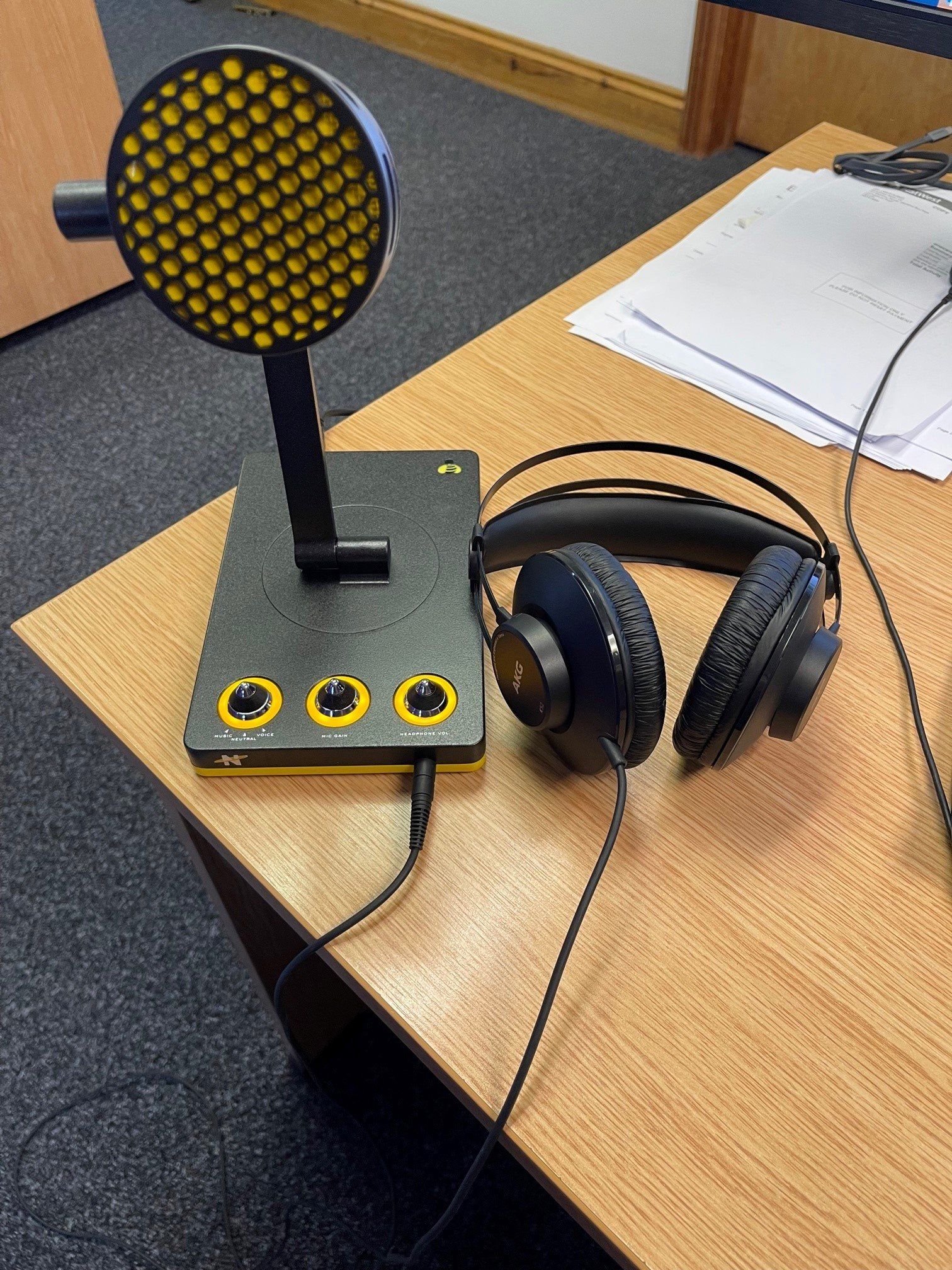
Recently, during a custom visit to BR HQ, they mentioned they had equipped multiple Myriad Anywhere users with the Bumble Bee Microphone from Neat Microphones. We were intrigued by the specifications so ordered one to give it a try!
One of the great things about Myriad Anywhere is that it allows presenters to record Voice Tracks or even present live shows with very little equipment at the remote site, but you do still need a good quality microphone and some headphones to get the most from the system.
Most presenters will use a good quality headset as it allows you to hear the audio and record just your microphone. The only downside to this arrangement (for broadcasters at least) is usually, you cannot hear your voice through the headphones. In a studio, what you hear in your headphones is typically a mix of audio and voice but inherent latency on any remote audio system (like BR Live) means that if listen to a mix of audio and voice, the delay would be difficult for your brain to work with! This is the reason that normally, the audio freed from your studio (via BR Live) will need to be a 'clean feed' ie everything but your voice.
This is different to working in a studio and it is something you get used to fairly quickly but one beg advantage of the Bumble Bee microphone is that as well as providing an audio feed from the studio, your microphone is also sent to the local headphones so you get a general experience that is much closer to working in a studio.
The key features of the Bumble Bee include:
- High quality microphone audio
- Built in PC sound device (so Anywhere can use it for playback)
- Local microphone audio sent to headphones (and mixed with PC audio)
- Three microphone tone modes (Music / Neutral / Voice)
- Angle-poise microphone with adjustable mic gain
- Adjustable headphone gain
For more details, check out the Neat Microphones website - Neat Bumblebee | Neat Microphones
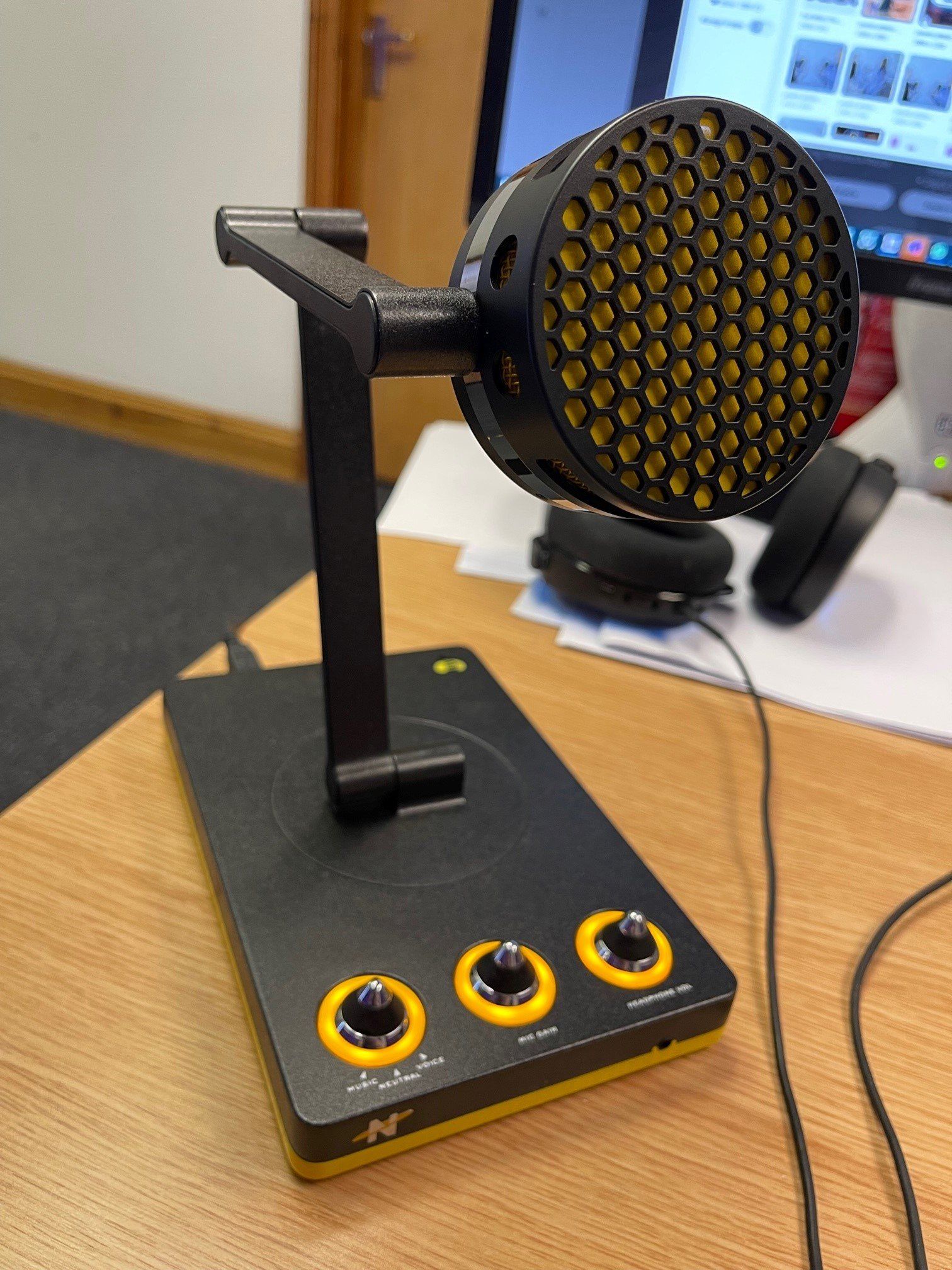
Setup
Setup could not be easier. Just unbox and plug in the included USB cable and Windows 10 will quickly detect and setup the Bumble Bee. We didn't try it on a Mac but setup should be just as simple!
The microphone will appear as a standard recording device and the audio output will appear as a speak device so you can easily configure Myriad Anywhere to use these for recording and playback via the Media Settings option.
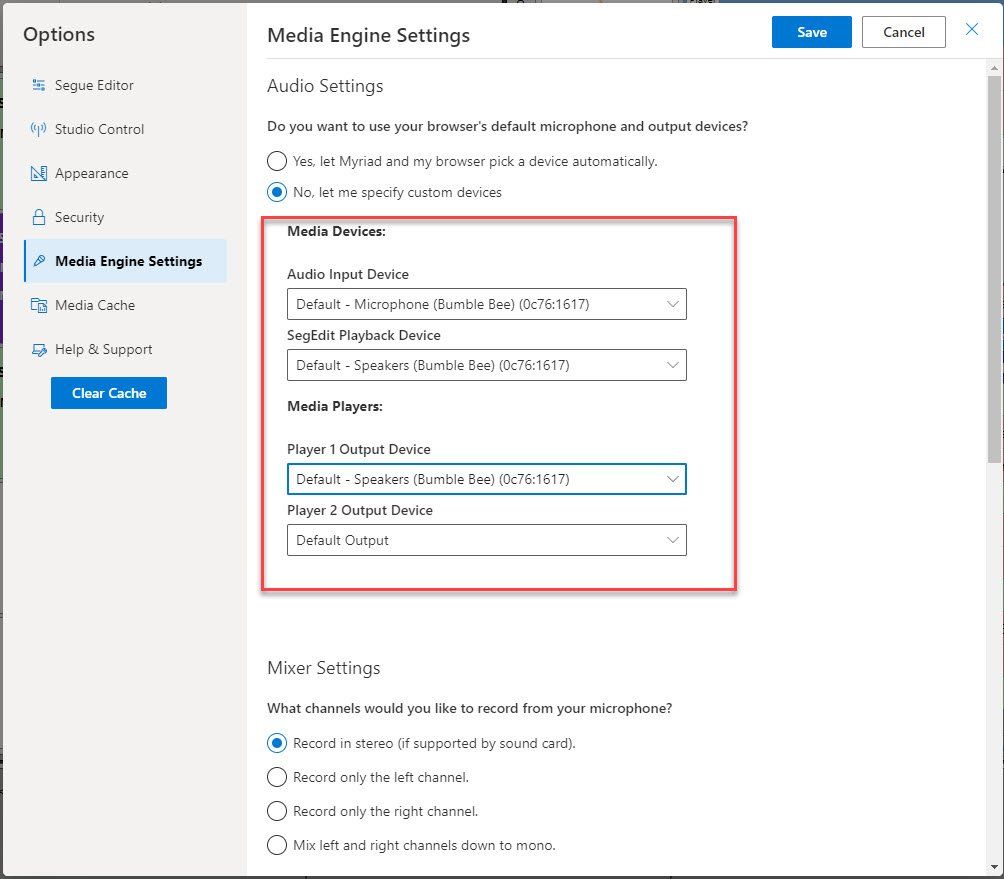
If you are using Anywhere Pro with BR Live for live shows, you will also need to set the input and output device to the Bumble Bee when you connect to the BR Live Audio Room.

With that done, just plug some standard headphones in to the headphone jack on the front of the Bumble Bee and you are ready to start broadcasting.
Using the Bumble Bee
Having used Anywhere a lot without the local voice being in the 'headphone mix', it is a little odd to go back to hearing your voice through the headphones, but after a few seconds, it is just like being in the studio.
We did a range of tests for both Voice Tracking and Live Shows via Anywhere and the results were pretty good. The audio sounded rich and clear although it is worth remembering that this microphone is designed for podcasts and so you do not need to get close to the microphone, like you would with a traditional studio microphone.
We also tested the microphone in a Teams meeting to get realtime feedback and other participants reported good audio clarity.
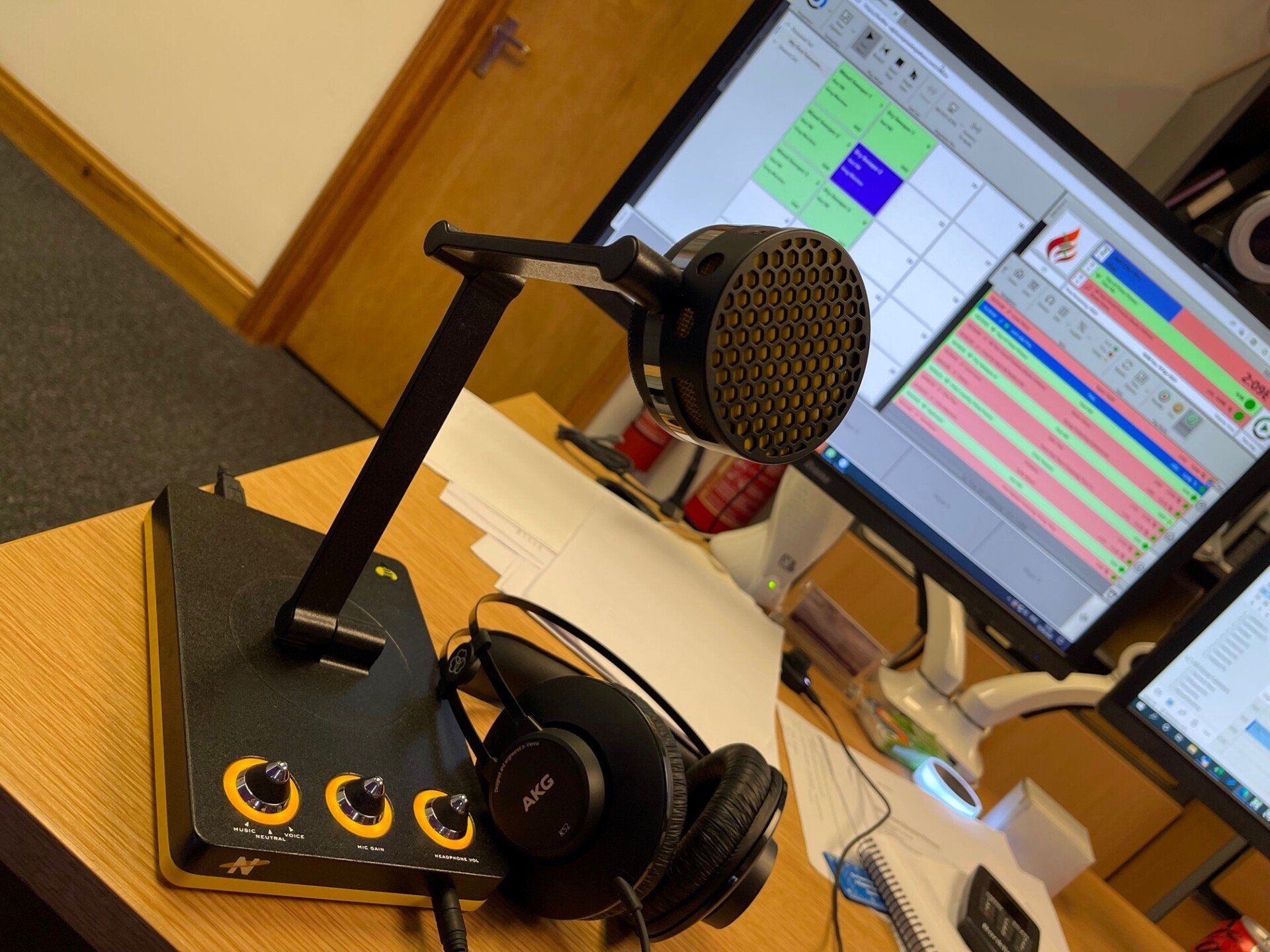
The setup was particularly effective when coupled with a Midi Controller as the extra level of control (of both Myriad Players and Microphone) gives an experience that is very 'studio like' but at a fraction of the cost of setting up your own home studio.
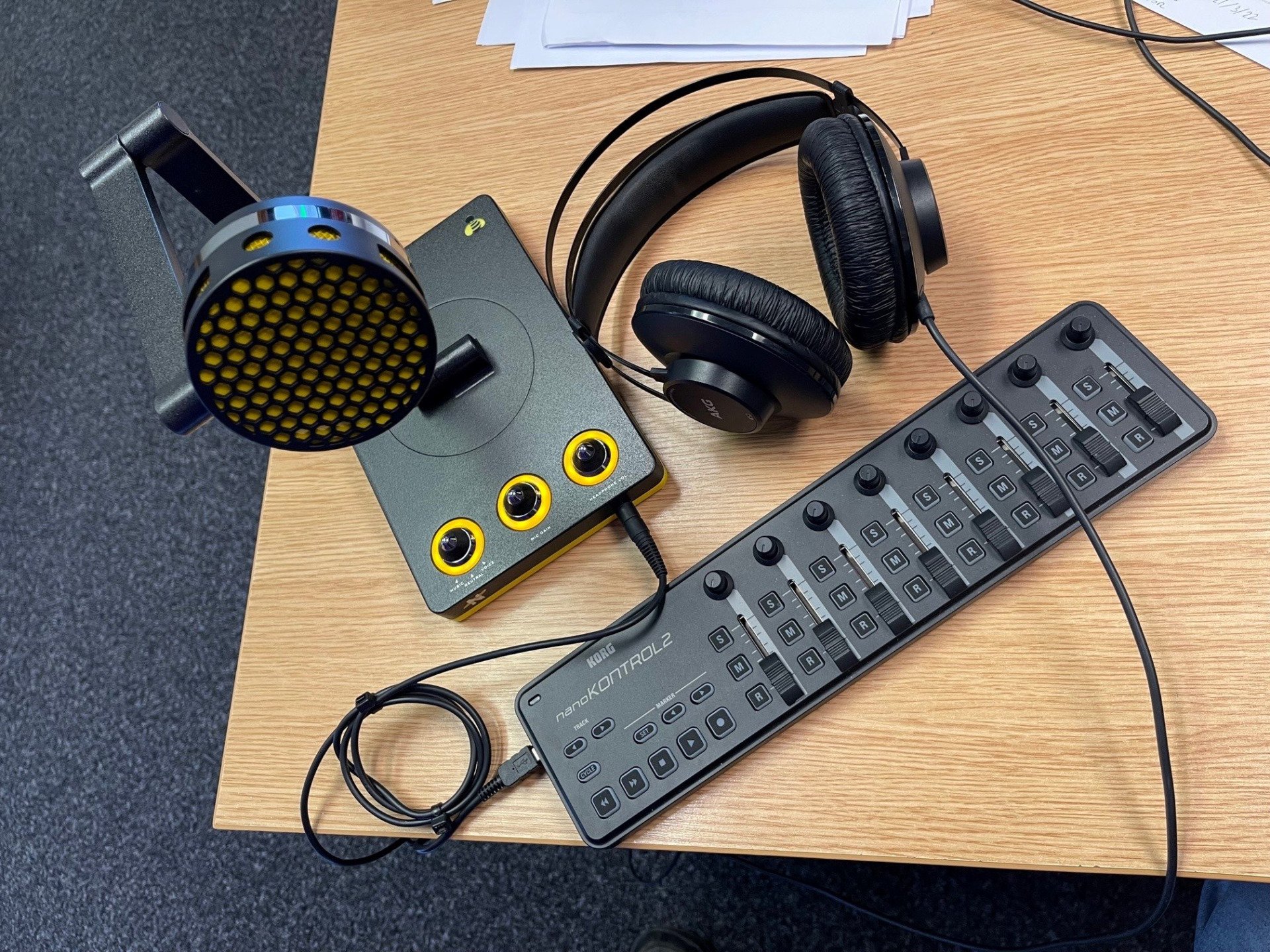
Where to buy?
As a mainstream microphone designed for podcasting, the Bumble Bee is available from most of the larger music technology websites including:
- Gears 4 Music (Neat Bumblebee Desktop USB Microphone at Gear4music)
Other retailers such as Amazon also list them although they were showing as 'out of stock' at time of writing.
Broadcast Radio is not able to supply these microphones so we recommend you shop around for the best deal.
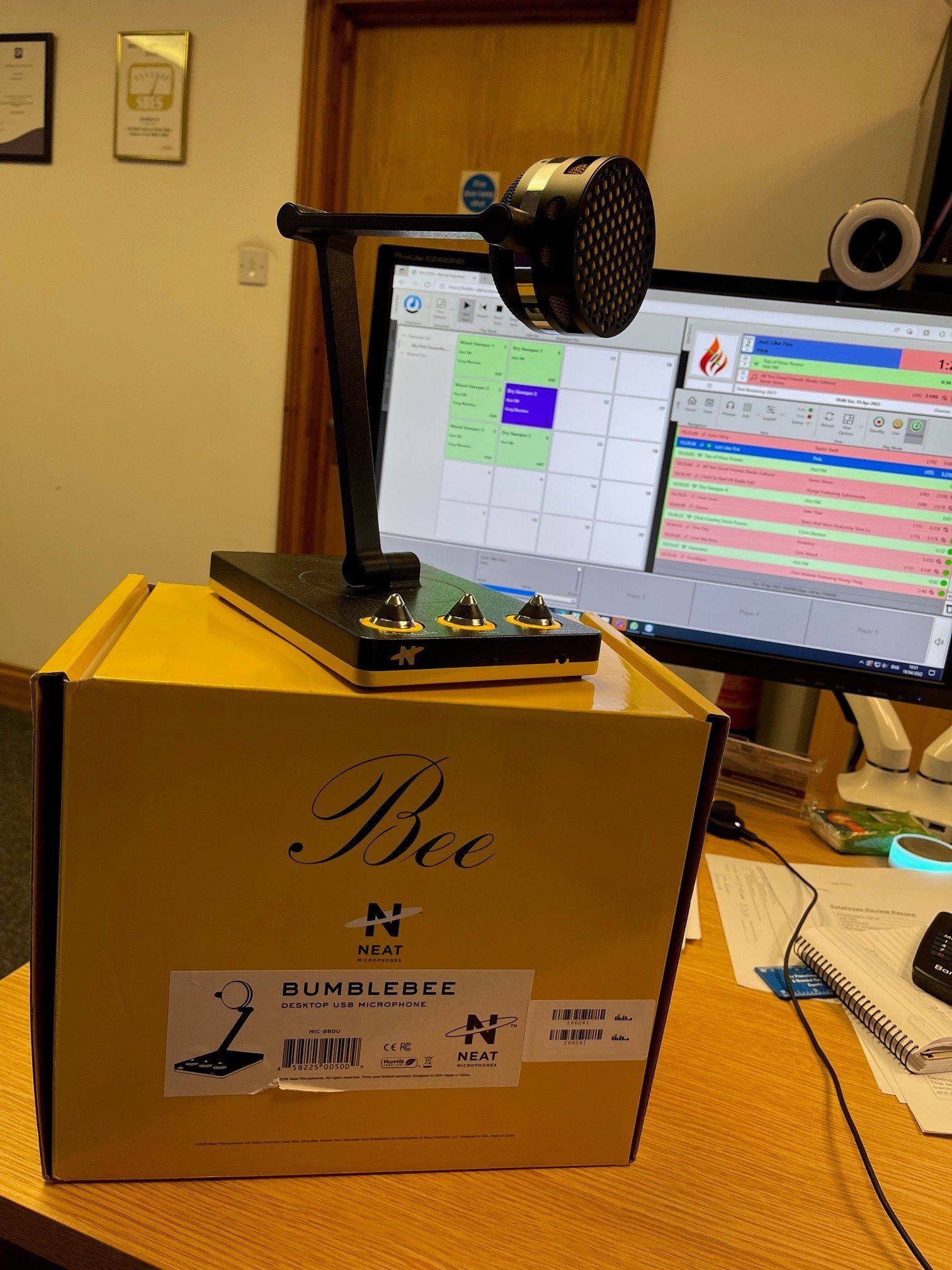
The verdict
If you are looking for a good quality microphone to use with Myriad Anywhere, with the added advantage of being able to 'hear' what you are recording then the Bumble Bee from Neat Microphones is a very good option.
At around £70, it is not the cheapest option on the market but we think it represents good value when you consider the quality and features. We found it a particularly effective solution when coupled with a Midi Controller and used for live shows via Anywhere Pro.
